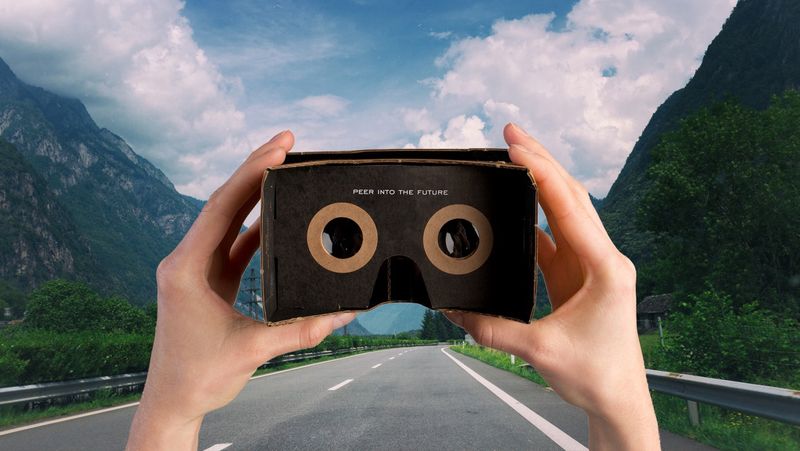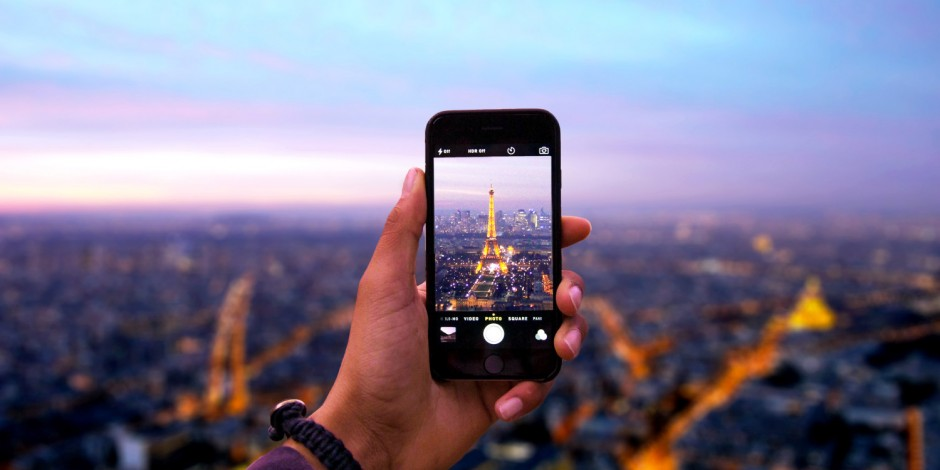How VR is Redefining How We Tell Stories: Storyliving
Angela Hassassian
Dec 04, 2017 - 5 min read

Technology is bringing a new twist to the oldest form of communication: storytelling. Storytelling has undergone many stages of evolution since its existence, from writing to radio, film to animation and most recently, social media. Blogs, vlogs, vines, podcasts, technology has opened the floodgates when it comes to new storytelling methods.
The Evolution of Storytelling
Stories have the power to connect people, and never has it been truer than now, since consumers are actively part of the content creation process. Today, we are walking on completely new and unchartered territory, giving us the opportunity to share stories in ways that were impossible to imagine before.
Consider this, users spend on average 69% of their media time on smartphones. Mobile technology is already affecting how users consume stories through digital media. And while TV created a huge boom in innovation, more video content is uploaded to YouTube in a 60 day period than the three major U.S. television networks created in 60 years altogether! That being said, it’s no surprise that 6 out of 10 people prefer online video platforms to live TV.
Consumers Are Also Creators
We are constantly bombarded with content, so the competition for consumer attention is definitely fierce. This presents new challenges for storytellers. They need to find out how to tell stories that really engage consumers. We are still only just tapping into potential directions of story consumption, but we can infer from research that storytelling needs to be instant, digital, and visual.
The line between consumers and creators is very blurred. Living in the age of technology means that we have the chance to be the author, videographer, photographer, animator, in short, the storyteller. Using mediums like photographs, letters, interviews, presentations, audio recordings, videos, connecting with other people through our own creative expression has never been so easy.
Immersive Storyliving
So how are we pushing the boundaries of digital storytelling technology now? Welcome to the world of interactive storytelling with VR! Again, we are just beginning to explore the possibilities that Virtual Reality headsets like the Oculus Rift, Gear VR or Google Glass will give us. What we do know for sure is that this new medium is far more engaging than anything we’ve experienced in the past. It has the ability to really convey an actual experience as though you were there.
Google Zoo, recently released a study with Google News Lab where they coin the term “storyliving”: experiencing stories through VR. This immersive form of storytelling leaves a far more powerful impression on consumers, and that impression is proven to last longer than traditional storytelling via text, images, and traditional video. VR allows you to live the stories, experience them first hand and walk a mile in the shoes of the protagonist. You can virtually experience things that you might not have been able to in real life.
"Access to VR experiences is surging. It's getting easier to try it out, driven in large part by both VR180 and 360 formats. It's a gateway to larger experiences. People try this flavor, dive into new worlds, pique their senses, and then want to try more and more complex kinds of immersive experiences."- Abigail Posner, Head of Strategy for The Zoo at Google
Redefining Storytelling
Virtual Reality allows for a new kind of visual storytelling, meaning we need to re-envision how stories are being told and experienced. 360-degree photos and videos give the consumer the opportunity to lead the direction of the story. This format gives storytellers new challenges. It’s a multi-sensory communicative experience, placing the consumer in control. Viewers can see, hear, feel and relate to the experience you want to transfer to them.
Channels for consuming these stories also vary. You can either use a PC, a mobile application or get fully immersive with VR headsets and VR applications. The fact is, VR might be the new future for storytelling. Forrester Data estimates that 52 million units of VR head-mounted displays will be in enterprise and consumer use in the US by 2020.
Playing Our Part
360Stories is a social touring platform for virtual storytelling which is jumping on the opportunity to expand the possibilities of how we share stories. We are breaking away from the old linear formats of storytelling and introducing something different. We want to tie people’s stories with real places and create a community of like-minded people who are excited to experience both storytelling and storyliving in this new immersive environment.
We are proud to be one of the few companies involved in virtual reality and are ready, with the help of users like yourself, to tackle some of the VR storytelling challenges we might face. We want to reinvent visual storytelling with our VR app and prove to the masses that VR can go beyond just gaming. We live in exciting times when it comes to storytelling, so let’s see how the future of storyliving will unfold, creating human connections in ways previously unimaginable.


